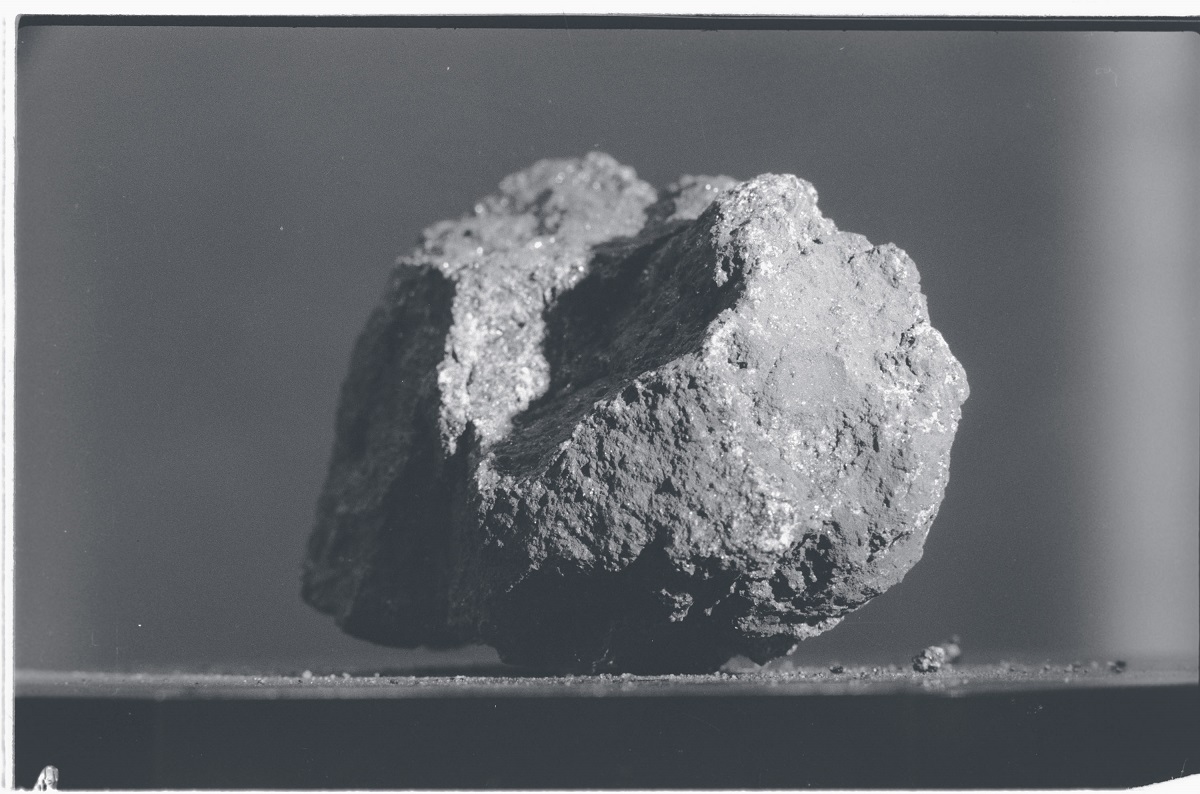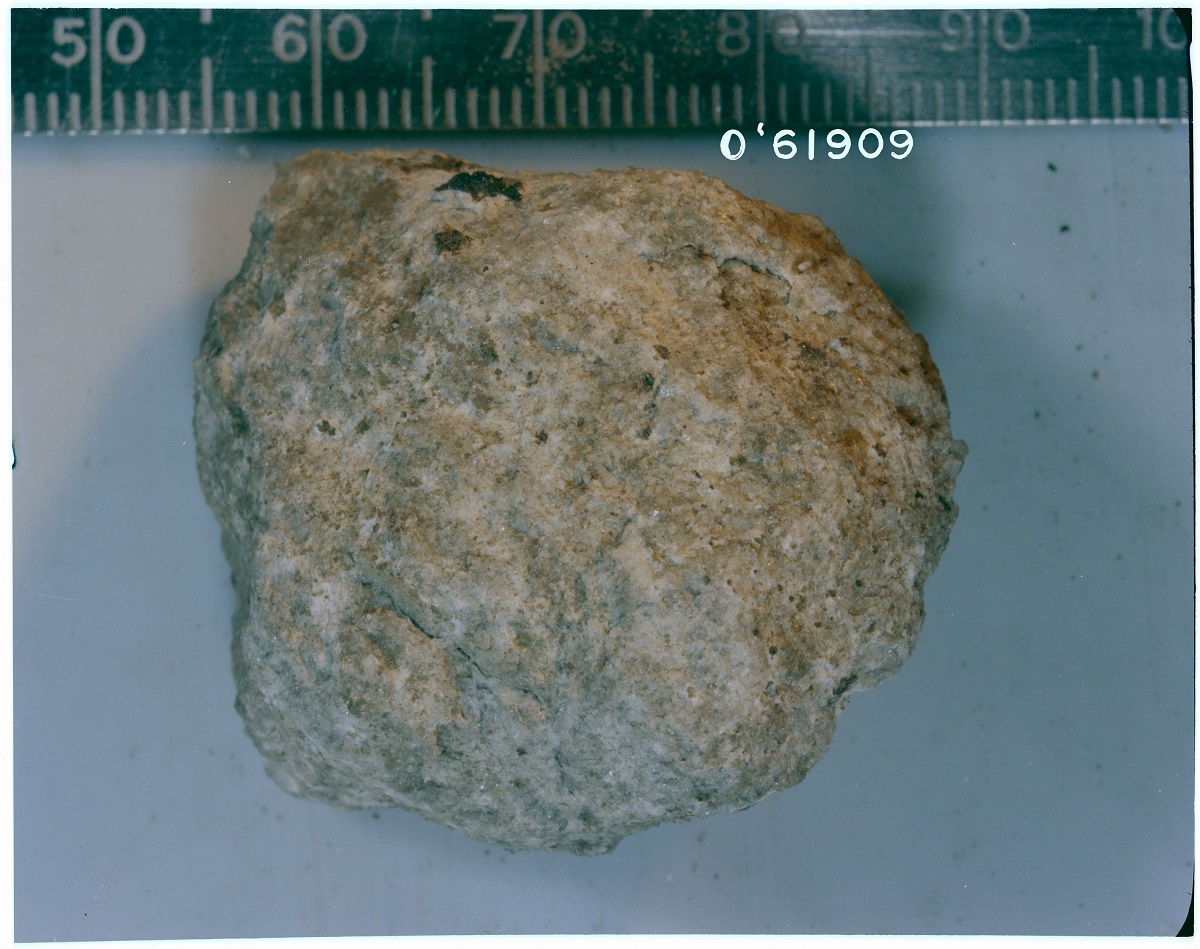The challenges of collecting space rocks
If you thought the hard part about collecting space rocks is over after flying a rocket 238,855 miles to the Moon, you'd be mistaken. Even after astronauts or rovers land on the Moon, selecting rocks that are valuable to research becomes a serious challenge. With limited space on rockets to bring back samples, and with so many types of space rocks, choosing the ones to collect and which to leave behind is a difficult process.
You might think about the challenge this way:
If you could choose only one place on Earth to study to fully understand Earth, where would you go?
Such a place doesn't exist. So, you narrow the scope.
If you go to a specific region on Earth, like the Grand Canyon, which rocks would you collect for study to fully understand that region? It's still a challenging task. It's similar to the task that astronauts face when they choose rocks to collect on the Moon's surface.
How can AI help astronauts with space rocks?
Astronauts complete a vast array of preparations before they go into space. Their top priority is a safe and successful journey to their destination. But one of the main goals of traveling to the Moon is to collect specimens so that we can better understand our Moon and our Solar System.
Have you ever walked along a beach looking for rocks that are pretty or unusual? You might spend a few hours looking, trying not to miss anything special, but you don't want to get on your hands and knees to examine each rock either. The surface of the Moon is fully covered with potential samples that an astronaut might collect and take back to Earth. And the types of rocks aren't easily identifiable with a glance.
On the Moon, basalt and highland are common types of rocks. Highland rock is the original crust of the Moon. Regolith is a layer of rock and soil that's been broken up by the impact of colliding objects. Another kind of rock found on the Moon is breccia, which is a combination of other rocks smashed together. So, the chemical composition of these rocks may be similar to the original rock types, but they might not be what the astronaut was instructed to collect.
Furthermore, the photos of rocks that you'll see in this learning path have already been cleaned. The photos were taken in a studio with good lighting and really close-up. Being able to identify these rocks on the surface of the Moon while wearing a space suit, without being able to touch the rock, and with less than ideal lighting, makes it even more of a challenge.
Here's a photo of basalt rock:

Here's a photo of highland rock:

Here's a photo of an area that an astronaut might survey for rocks:

Is being unique always a good thing?
Another aspect of gathering space rocks that might be hard to conceptualize is the procedure for picking up rocks that look "different." If you see a white rock surrounded by all black rocks, a person's instinct is to pick up the white rock and ignore all the black rocks. However, collecting only this white rock wouldn't provide us with an understanding of the "average" rocks in the area, just the unique one. Therefore, astronauts are asked to also collect samples of the black rocks to get an accurate representation of the area. A common trick is to pick up 10 average rocks in the area, and then collect the rocks that look more unique.
What about Moon rovers?
Having astronauts learn about rocks is one thing, but using rovers to pick up the correct rocks on the Moon is also difficult. Sending instructions to a rover so far away takes a long time, so many instructions have to be simple like move forward or turn right. Also, as you'll see in this learning path, having a computer accurately identify rocks on the ground is a challenge, when the rocks used to create the AI model were cleaned and professionally photographed. Rocks on the ground are covered with dirt and dust, the lighting might be poor, shadows are prevalent, and the surrounding landscape is covered with similar-looking material. Rocks on the ground on the Moon might not look like the rocks in photos of rocks in the lab, even if they're the same type of rock.